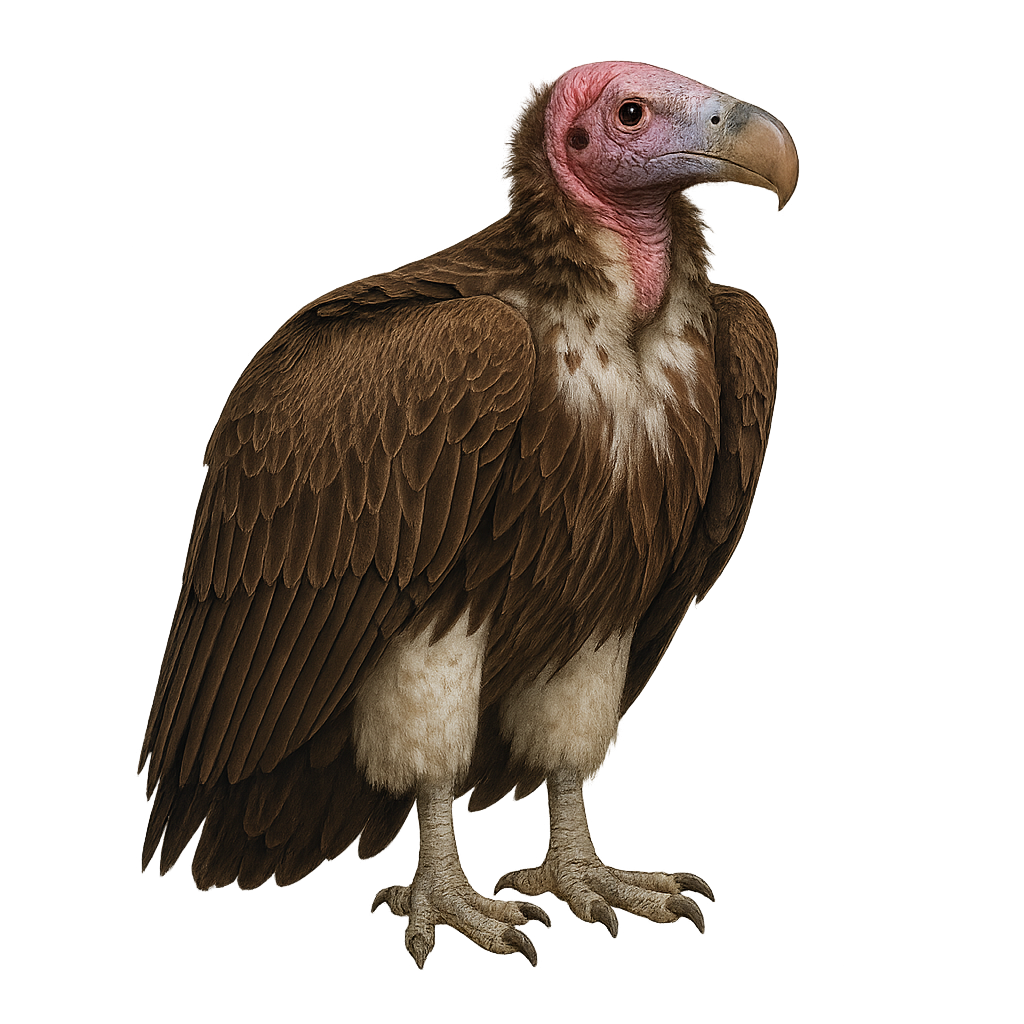Your wildlife photography guide.
Explore the lappet-faced vulture in detail, study its behavior, prepare your shots.
Where to observe and photograph the lappet-faced vulture in the wild
Learn where and when to spot the lappet-faced vulture in the wild, how to identify the species based on distinctive features, and what natural environments it inhabits. The WildlifePhotographer app offers tailored photography tips that reflect the lappet-faced vulture’s behavior, helping you capture better wildlife images. Explore the full species profile for key information including description, habitat, active periods, and approach techniques.
Lappet-faced Vulture
Scientific name: Torgos tracheliotos

IUCN Status: Vulnerable
Family: ACCIPITRIDAE
Group: Birds
Sensitivity to human approach: Suspicious
Minimum approach distance: 50 m
Courtship display: May to August
Incubation: 54-58 jours
Hatchings: June to September
Habitat:
Savannas, semi-deserts, arid regions
Activity period :
Primarily active during the day, with peak activity in the morning and late afternoon.
Identification and description:
The Lappet-faced Vulture, Torgos tracheliotos, is a large scavenging bird native to Africa, easily identifiable by its bare head and distinctive skin folds around the neck. With a wingspan reaching up to 2.9 meters, it is one of the largest African vultures. Its plumage is primarily dark brown, contrasting with its pale pink head. It plays a crucial role in the ecosystem by cleaning up carcasses, which helps prevent the spread of diseases. This vulture prefers open savannas, semi-deserts, and arid regions, where it can easily spot its prey. Unfortunately, it is threatened by habitat loss, poisoning, and illegal hunting.
Recommended lens:
400 mm – adjust based on distance, desired framing (portrait or habitat), and approach conditions.
Photography tips:
To photograph the Lappet-faced Vulture, it is advisable to use a telephoto lens of at least 400mm to capture detailed images from a distance. The best opportunities often arise early in the morning or late in the afternoon when the light is soft and the vultures are active. Look for open areas where they can be seen soaring or feeding. Be patient and discreet to avoid disturbing them. A tripod can be useful to stabilize your camera, especially if using slower shutter speeds.
The WildlifePhotographer App is coming soon!
Be the first to explore the best nature spots, track rutting seasons, log your observations, and observe more wildlife.
Already 1 430 wildlife lovers subscribed worldwide

